Dimensions at sight Height: 49 cm Width: 59 cm
Dimensions with frame Height: 60 cm Width: 70 cm
Oil on panel
Native of Toulouse, Louis Anselme Grosdidier, student at the School of Fine Arts in the pink city, graduated there , in July 1932, the municipal painting prize awarded each year to young artists from this regional painting school. He went to Paris to attend the School of Fine Arts, and his city renews its confidence in him every year by allocating him a scholarship of 2,000 francs.
In 1936, it was to the City of Paris that he owed the “North African Stock Exchange” which took him to Morocco the following year accompanied by his wife. Leaving Rabat, the painter goes to Fez to return to Casablanca from where he goes to Marrakech.
By bus, it takes the impressive road that has barely been completed which leads to Ouarzazate, a garrison town that emerged from the earth the previous decade, passing through the famous Tizi'n'Tichka. Then they go to Taroudant and go straight to Agadir, and go up, along the Atlantic coast, to Casablanca, making a few stops in Mogador (Essaouira), Safi, Mazagan (El Jadida) and Azemmour. This oil on panel "Kasbah de Tiffoultoute" is one of the works he brought back from this trip. He also exhibited, in March 1939, in Toulouse, some of his paintings brought back from his Moroccan journey, in an exhibition that his city devotes to its painters. Quadrangular construction in adobes (raw earth), the Tiffoultoute kasbah stands majestically on a rocky outcrop and dominates the valley that the Asif n'Tidili crosses lazily. Residence of the Glaoui of Marrakech, it was a lock on the long trade route which led the caravans from Marrakech to Timbuktu. The kasbah offers two faces, one facing the wadi and the laughing agricultural strip which runs along it between palimers-date palms and oleanders in bloom, and the other more severe, which blends in perfectly with the ocher lands of the great South. Louis Anselme Grosdidier chose this second point of view. It is all the austerity, the harshness and the aridity of the Great South that he paints but with clear and luminous ochres, a sparkling light and a pure sky. Let us note at the tops of the crenellated towers the storks which nest there.
Steps on the migratory route that lead them from Europe to Mauritania and Senegal, the kasbahs of southern Morocco offer white storks excellent refuges, to such an extent that today, they are increasingly sedentary there. more !


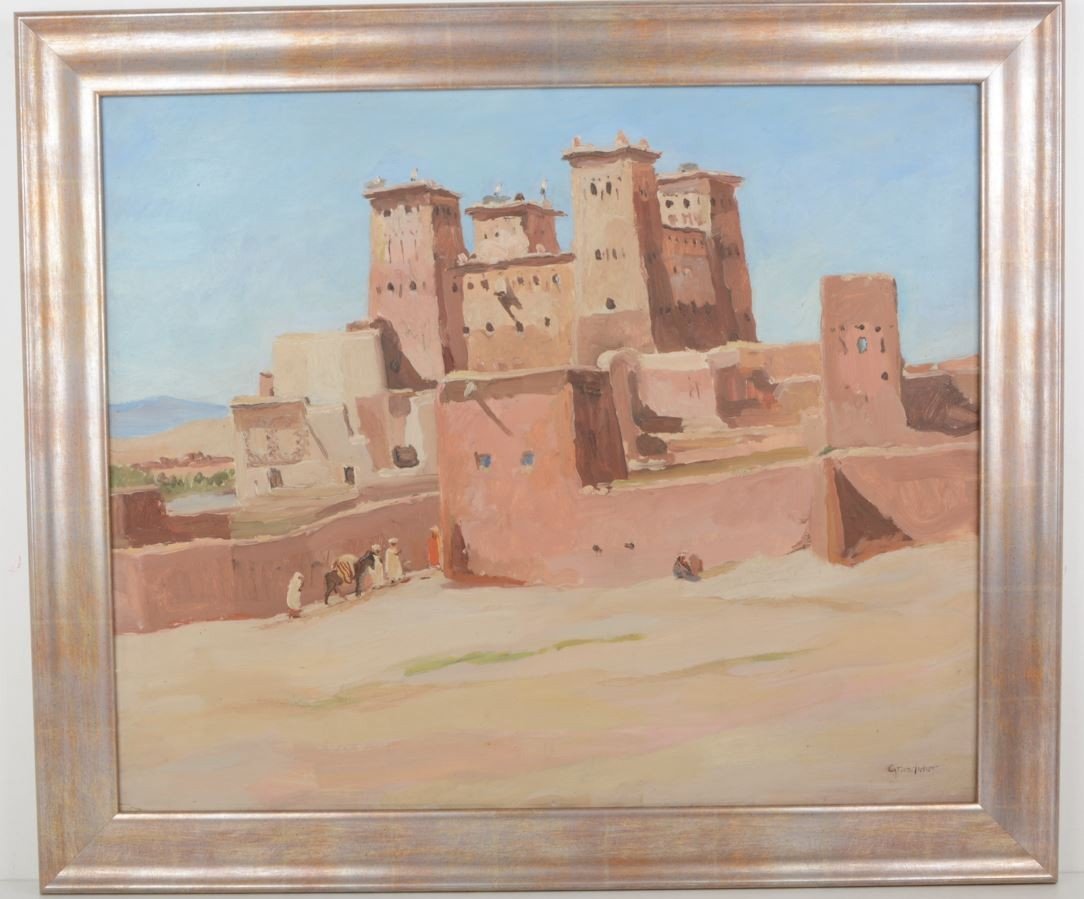








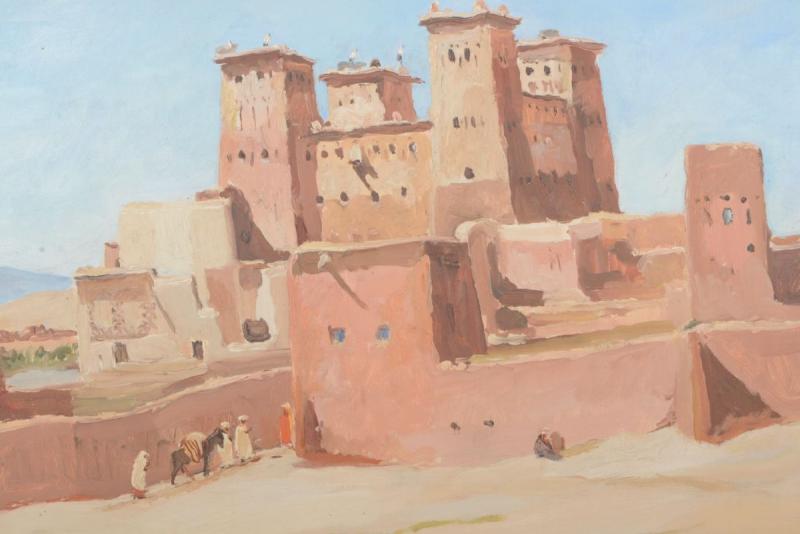

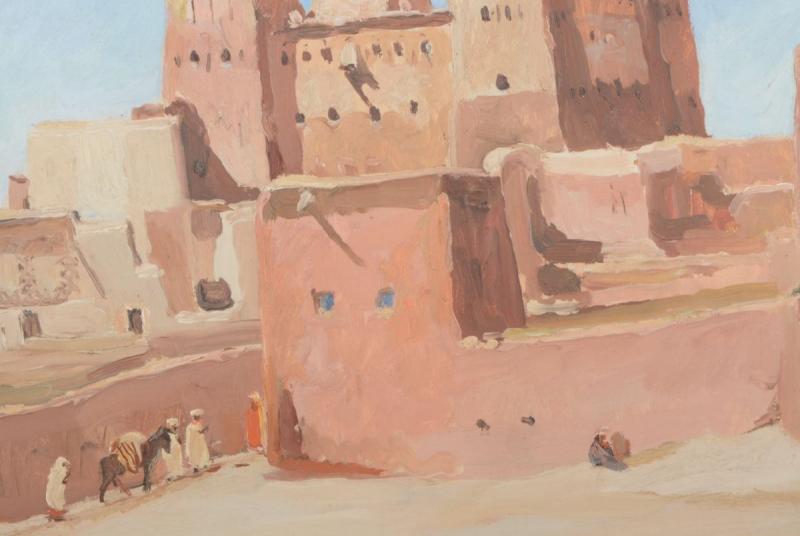
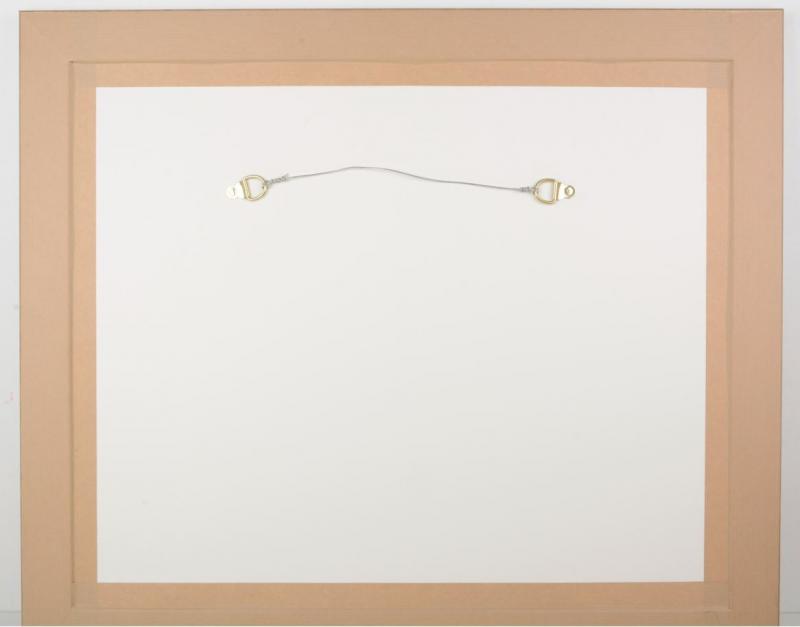






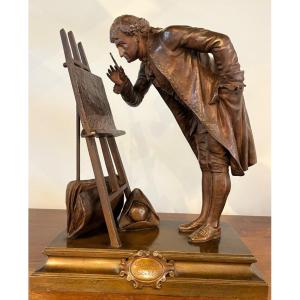
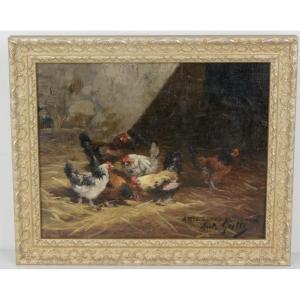











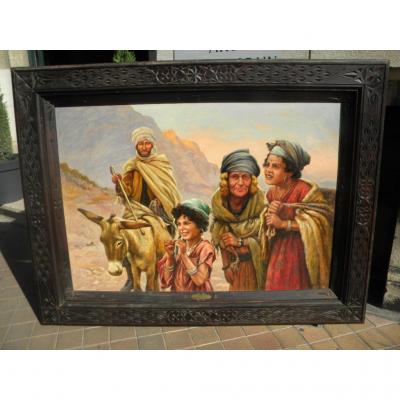




 Le Magazine de PROANTIC
Le Magazine de PROANTIC TRÉSORS Magazine
TRÉSORS Magazine Rivista Artiquariato
Rivista Artiquariato